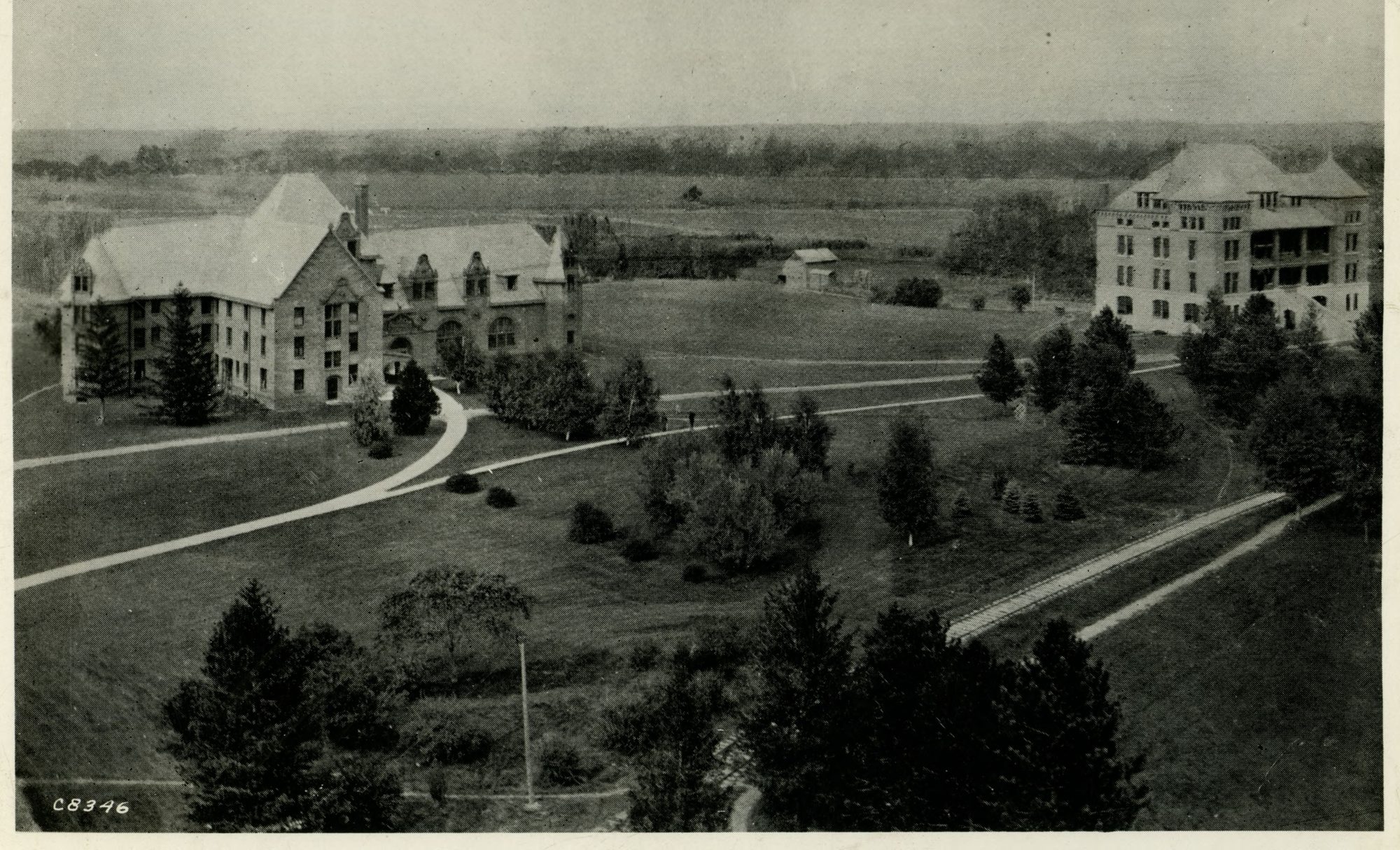Most of you are likely familiar with our finding aids; they follow a standard format, they have background information, and most importantly they have a list of folder titles so you can easily find what you’re looking for. These finding aids are created after a collection has been processed – that is, after someone has spent many hours arranging and describing the collection to make it as user friendly as possible. This has traditionally been how things work in archives – process, then provide access. We weren’t restricting access to unprocessed collections, but how would you know to ask for them if we haven’t told the world they’re here?
This year, we’re doing something new (to us). Instead of waiting until a collection is fully processed, we’re creating a finding aid before processing to provide access as soon as possible. These finding aids are a lot shorter than most, and will have some special instructions/notes in them that I’d like to highlight:
Any unprocessed collections will require advance notice – 2 working days to be exact. This allows us a chance to locate the boxes, which are kept separately from the processed materials, and do a quick review of them before providing access.

SCUA also requires special permission to make a copy or take a photograph of any material in unprocessed collections. During processing, we remove any information that’s restricted or protected by regulations, such as social security numbers, medical information covered by HIPPA regulations, or student educational information covered by FERPA regulations. Since we haven’t taken those steps with these unprocessed collections, we want to make sure we aren’t releasing copies of this information.
Side note: If you find any of these types of restricted information in any of our collections, please tell us!

Finally, unprocessed collections can sometimes be unorganized, and a little messy. Because of this, it can take a lot longer to find what you’re looking for. My advice is to plan on spending a little extra time looking through these! Below are two examples of what you might find.


